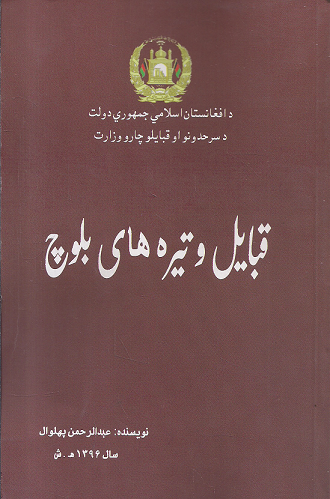The Hazaras, A Historical, Political and Economic Account of Events Along the Silk Road
Fida Gulzari
The Hazaras are considered to have Turkish and Mongol origin and are known as Saka or Scythian in ancient history. The remains of humans dating back tens of thousands of years have been found in the caves of Central Afghanistan, which, according to researchers, are the ancestors of the Turks. This region was key because of its water resources and especially Silk Road. In different phases of history, various Turk and Mongol tribes settled here and eventually contributed in the ethnogenesis of the Hazaras. When Turks and Mongols controlled the strategic Silk Route, the world witnessed great economic, scientific, and artistic development, which helped Europe to pull itself out of the dark ages. The Mongol power significantly halted the intermittent colonial wars between the Persians, Arabs, and Europeans. In particular, the period of Changez Khan and his descendants became an example of religious harmony for the modern world, which allowed all religions to co-exist peacefully under the Mongols.
In the 13th century, when Il-Khanid Mongols of Persia converted to Shia Islam, the Hazaras were not immune to its influence. They accepted Shia Islam, but when the Il-Khanid rule ended, they were surrounded by hostile Sunnis. They were on the crossway of empires without the consciousness that their centuries of inconsistencies, inflexible religious belief, and static social and political frameworks would lead to troubles in days to come. Finally, during the Great Game between the British Empire and Russia, they lost their war of independence to the Anglo-Afghans. They suffered the loss of their country, the genocide of 63% of their population, and decades of slavery and forced migration.
My Rating
You Have To Buy The Product To Give A Review













